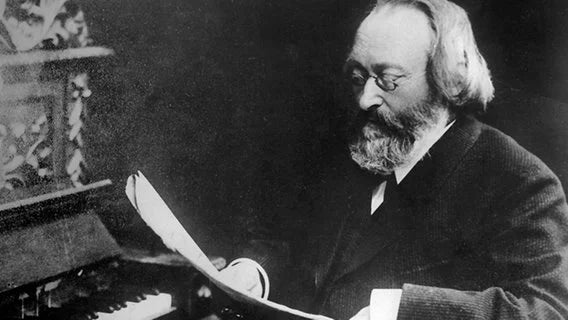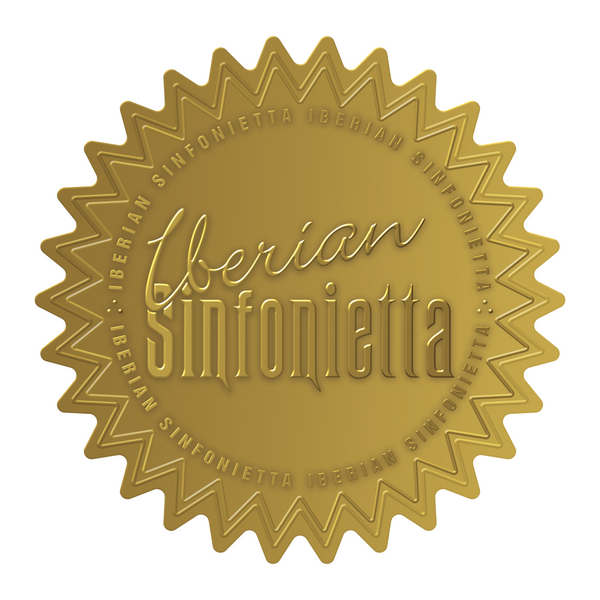
MAX BRUCH AND HIS FIRST VIOLIN CONCERT. REFERENCE WORK IN MUSICAL ROMANTICISM
Dear audience:
One of the most interesting works that we will enjoy not only next Saturday, October 16, but throughout this course, will be Max Bruch 's very famous violin concerto. A piece revered by all violinists and the public. And also by the composer himself, who spent the rest of his life trying to emulate this concerto No. 1 but failed, and he “came out” with a unique concerto.

Bruch received his first music lessons as a child, showing a talent for composition from a young age. At the age of 11 he had already composed some works. After finishing his studies in Leipzig, he worked for three years in Cologne as a music teacher. Between 1861 and 1865 he made numerous trips through Germany, Austria, France and Belgium, where he conducted concerts as conductor. He later accepted the position of music director in Koblenz and conductor in Thuringia. In 1870 he settled in Berlin, where he returned to work as a music teacher. In 1881 he was appointed conductor of the Liverpool Philharmonic Orchestra, where he lived for three years. He later conducted the Breslau city orchestra. In 1891 he took over the direction of the composition school in Berlin. In the last ten years of his life, Bruch resigned from his positions as conductor and dedicated himself entirely to composition.

The Concerto No. 1 for Violin and Orchestra in G minor, Op. 26 by Max Bruch is considered his most important and popular work for several reasons. It was very well received at its premiere in 1868 and since then many renowned violinists have performed it, which has contributed to its wide dissemination. It is considered the climax of all the romantic concertos for violin and orchestra, as it absorbs very well the characteristics of those that preceded it, composers such as Beethoven, Mendelssohn or Tchaikovsky, but we cannot forget, and this is one of the keys, that Bruch did He was an expert violinist, unlike these giants of music we just mentioned. It stands out for its balance and perfection in terms of formal structure, with three very well treated and articulated movements. It has themes of great melodic beauty, especially the second Adagio movement, which is considered one of the most lyrical and emotional slow movements in concert literature. It impresses with the brilliance and technical difficulty of the solo part, which demands the violinist's abilities to the maximum. It provides ample opportunities for the soloist to show off both technically and musically and in the interpretation of emotions. Its popularity has led to it being the most recorded and programmed violin concerto in the entire romantic repertoire.
This is not to make our guest violinist nervous, but she knows, and we all know, that it is a well-known and admired piece, with the good that this entails and with the responsibility that is also implicit. On Saturday, we will enjoy it, led by her, the maestro and the Iberian Sinfonietta . Not to miss it.
Jorge Rodríguez Morata
Pedagogical content coordinator.
